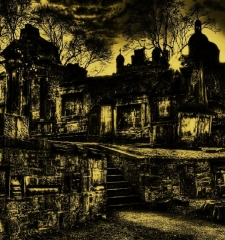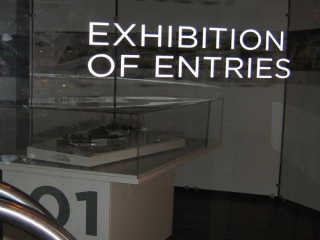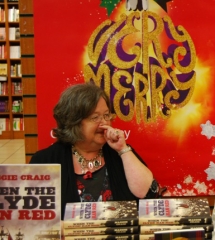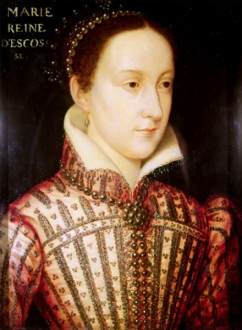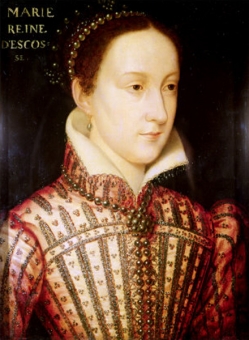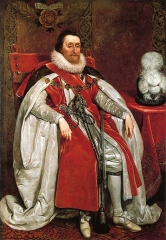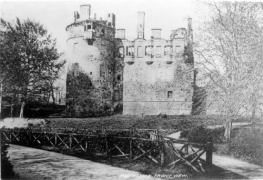The Return Of Tam O’Shanter By Hall H. Harper. ( With sincere apologies to Robert Burns. )
When chapman billies leave the street
And drouthy neibours neibours meet,
When frae their shop an’ office biggins
Auld cronies meet at Geordie Riggins’
Tae sup strang scuds and guid French brandy
And oft times talk o’ houghmagandy,
(‘Though truth be tell’t, for a’ their clatter
A carlin widna’ thole their patter).
Then enter Tam fresh frae his wark,
Wi’ spreckelt tie and strippet sark,
Forfoughten, yamp and unco drouthy,
His mou fair like auld brock’s bahouchie.
“Quick lassie, barley bree!” he cries,
Then Souter Johnny he espies –
“Hey laddie, hae anither dram
Tae keep me comp’ny, bonnie man!”
So Tam and Johnny had a drinkie –
A gless o’ amber tinkalinky,
Then Johnny says, “Ye’ll hae anither
To help keep buck an’ saul thegither.”
“Na, na,” says Tam to Souter J,
“Just ae yin, then a’m on ma way!”
“Losh, losh,” says Johnny, “wheesht yer chitters,
Hae a gin wi’ angostura bitters!”
The ‘oors they passed intae the nicht,
By when baith were an unco sicht,
Then Tam minds Kate at hame hersel’
An’ says, “My life’ll be like Hell
If I don’t move my doup the noo
An’ get back hame tae you know who.
She’ll skin my hurdies tae the bane,
Yon glunshy, crabbit, ill-faured dame!”
“Nae bother pal,” says Souter Johnny,
“I’ll help ye spin a tale sae bonnie,
You’ll hae’r eatin’ oot yer mit –
So noo, let’s hae anither nip!”
An’ so the twa fiers had anither
An’ then the same an’ then anither
An’ then anither wan an’ then
They ’greed tae hae the same again.
But meanwhiles back in Laverock Rise
The sonsie Kate sits back an’ sighs –
She’s wash’d her hair an’ done’r nails
An’ watch’d the latest Emmerdale,
Had Chicken Korma an’, furra treat,
Some Athol Brose made wi’ Bezique
An’ couldnae gie a tinkler’s dam’
For the absence o’ the blootered Tam.
Noo back tae Tam wha’s haimewith raikin’
A stottin’, thowless, path is takin’,
Wi’ wan step fore an’ twa steps back,
His pair heid spinnin’ fit tae brak
An’ in his hert, terrification
That Johnny’s weel wraucht fabrication’ll
No swick his guidwife, mistress Kate,
Wha mith be gyte, but isnae blate.
At last he comes tae Laverock Rise,
“Oh hinnie lamb, I’m hame,” he cries,
“Oh aye,” quo’ Kate, “now let me guess,
Yon Britt’ny’s made another mess
An’ bootchet someone’s order up
So now, as ye’re the maister’s pup,
The hale jingbang befell to you
Tae bide an’ see the damp’t thing through!”
“Naw, naw,” says he, “an’ naw again,
I left on time but wid ye ken
I spied, as I passed by the kirk,
A Saturnalia in the mirk
An’ while I tried tae run away,
Auld Nick himsel’ bad me to stay
An’ had me towed up like a linnet,
By a strappin’ lassie in a simmet!”
“Aye, pull the other leg, big Tam
There’s bells and whistles on that wan,
If ye think I up the river came
On a watter biscuit – think again!
I’m no’ wan o’ yer office quines
That’ll fa’ fur a’ yer flow’ry lines
An’ get their wits a’ mixter maxter –
Yer bleezin’ man, get tae yer scratcher!”
So Tam sleekt aff intil his pit,
While sonsie Kate sat wi’ a smirk
An’ lacht at auld Tam’s childy haivers
‘Boot kirkyaird capers wi’ witchie ravers.
But all a sudden her smirkles seg,
She sees Tam’s jaiket on the peg
An’ gasps tae see upon its back,
A pentacle burnt in deepest black.
So maidens, never dout yer maun,
‘Though he may seem baith fu’ an’ thrawn
An’ never speir his fine excuse
When he comes late intil the hoose.
An’ laddies, when ye’re at the hottle
An’ilka tales matched wi’ a bottle,
Just mind the ‘oor an’ don’t be glaiket –
Remember Tam o’ Shanter’s jaiket!
GLOSSARY
chapman billies – pedlar fellows
biggins – buildings
scuds – beer
houghmagandy – hoo’s yer faither
carlin – old woman; witch
spreckelt – spotted
forfoughten – exhausted; tired; enervated; worn out
yamp – possessing a keen hunger
buck – body
losh – lord
doup – bottom; buttocks; posterior; erse
glunshy – scowling
ill-faured – discourteous; ill mannered; offensive; shabby; ugly
haimewith – homeward
thowless – inactive; inert; lethargic; sluggish
swick – deceive; swindle; bluff; cheat
gyte – daft; crazy; mad
blate – simple; slow; stupid
bootchet – botched
towed – tied; roped; caged
smirkles – smiles; suppressed laugh
hottle – hotel
yanker – agile person (not used in the poem, but may be useful in day to day conversation)
